Virtual reality is the hottest commodity in tech right now. While it’s easy to dismiss VR as just another gimmick, it’s something that needs to be experienced before any real objective opinion can be made. That’s where we’re seeing most VR products compete right now, on the level of immersion their headsets bring to the table.
While there are plenty of platforms, hardware, and pricing differences, what’s really being sold here is the experience and what it offers to consumers above staring at their laptop or television screen — nothing more.
The current state of VR headsets
On the entry level side, you have Google Cardboard. Whether it’s something solid like Mattel’s View-Master VR, or something more rudimentary like actual cardboard units everyone is giving away for free these days, most Google Cardboard headsets actually require the user to hold the contraption to their face with one hand, which is great for viewing 360-degree VR content, but not much else.
On the high-end, headsets like the Oculus and HTC Vive offer much more polish. The Oculus is a more traditional VR experience better suited for traditional gaming via a standard analog controller, but the Vive uses multiple camera sensors that allows for free movement around a space. This movement is transferred into the virtual world and although it may not sound like much, our own Rob Jackson — who initially dismissed the Vive as “just another VR headset” — later found himself blown away at the level of immersion it offered upon trying it for himself. We’re sure testimonials like this are one of the reasons HTC hit the road with their very own HTC Vive tour, hitting major cities around the US and allowing anyone to experience the Vive for themselves.
Then we have the Samsung Gear VR, a virtual-reality experience that falls somewhere in between the two. At $100, it’s relatively affordable and a fraction of the price of the Oculus and Vive. The headset itself could be seen as more or less a glorified Google Cardboard headset, using a smartphone to not only power, but display content through the headset itself. It works great for what it is, but since it’s limited to only Galaxy devices, we’re not expecting widespread adoption.
Samsung’s upcoming standalone VR headset
If Samsung wants to get real serious about VR, they’ll need a standalone product and it looks like soon they’ll have it. Software research lead Injong Rhee recently made it known during Samsung’s annual developer conference that a standalone VR product was, in fact, in the works.
He didn’t reveal much outside of it possibly featuring some sort of hand tracking technology, but that’s a feature the competition also offers. What we don’t yet know is what this mystery VR headset could hope to offer outside the Gear VR or even higher priced devices like the Oculus and Vive… or do we?
The Secret Weapon: Galvanic Vestibular Stimulation
https://www.youtube.com/watch?v=yZ_G_zbObWU
Samsung’s secret weapon could be Galvanic Vestibular Stimulation technology (we know, it’s a mouthful). Announced back during SXSW, Samsung’s C-Lab introduced something they’re calling Entrim 4D. These are special headphones that send electrical signals to the ear and fools the vestibular system — the body’s natural balance system — into thinking it’s not level. This forces the user’s body to react to whatever is being displayed in the VR environment, allowing the user to not only view VR content, but feel it with their entire body. Suddenly, a roller coaster or car ride in VR would feel like you were actually moving, not just sitting on your beat up old couch.
Although you’d think the simulated movement would make for a more queasy, nauseating experience, Samsung says the technology actually helps alleviate this feeling. With a team comprised of hardware professionals, software engineers, and biomedical experts, Samsung says they’ve conducted experiments on over 1,500 people. What they’ve come up with is 30 different movements patterns and work is already being done on a version of Entrim 4D that can even simulate rotational motion (think cockpit flying in outer space).
But does it actually work?
Samsung’s promo video showcasing the new technology was met with plenty of skeptics, mostly because nobody has ever experienced anything like this and assumed the paid actors were doing just that — acting. The thing is, this technology isn’t all that new.
We found a report from back in 2005 in which an AP journalist describes how she felt while wearing headphones using this very same GVS technology. Researchers were actually able to control her movements using a joystick, fooling the brain into thinking it was off balance. Here’s a quote from that article:
“I felt a mysterious, irresistible urge to start walking to the right whenever the researcher turned the switch to the right. I was convinced — mistakenly — that this was the only way to maintain my balance. The phenomenon is painless but dramatic. Your feet start to move before you know it. I could even remote-control myself by taking the switch into my own hands.”
Samsung’s Entrim 4D+ trademark
Whether Entrim 4D is what Samsung has planned for their standalone VR headset remains to be seen, but we did stumble upon a recently filed trademark from the manufacturer for a virtual reality headset they’re calling — you guessed it — Entrim 4D+. Why the extra plus? We’re guessing it could have something to do with this being a full wearable headset, not just those headphones Samsung was originally showing off.
“C 009. US 021 023 026 036 038. G & S: Virtual reality headsets adapted for use in watching movies featuring galvanic vestibular stimulation technology
IC 028. US 022 023 038 050. G & S: Video game apparatus, namely, virtual reality headsets adapted for use in playing video games featuring galvanic vestibular stimulation technology”
Pretty wild, right?
The key to Samsung’s VR dominance
Samsung, HTC, Sony, Oculus — the VR market is getting mighty crowded this year and we’re sure it’s only the beginning. Make no mistake, a true VR experience is all about immersion and who can do it the best.
Although VR already has very real physiological effects on some people (mostly motion sickness), right now there’s no headset on the market that can make players feel what’s happening in the virtual world. HTC is getting close, but in the end manufacturers are essentially limited by what can be displayed onscreen.
Samsung knows this and it’s probably one of the reasons they were hyping the Gear VR at shows like CES and Mobile World Congress using motorized theater seating for a true “4D” experience. If Entrim 4D is indeed in the works for their next headset, it could very well be Samsung’s secret weapon to emerge victorious as the king of VR.


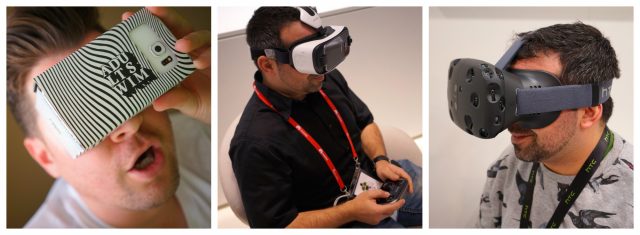

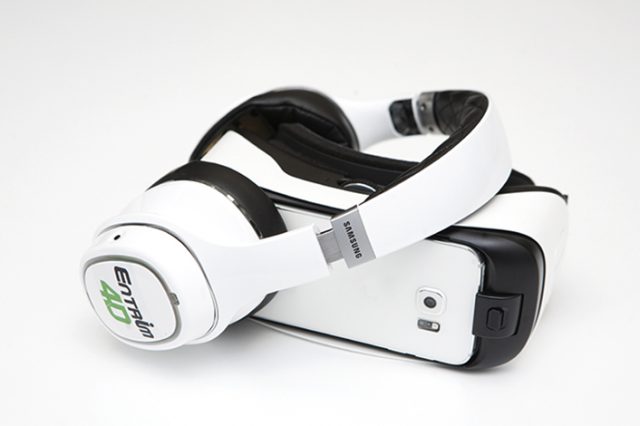


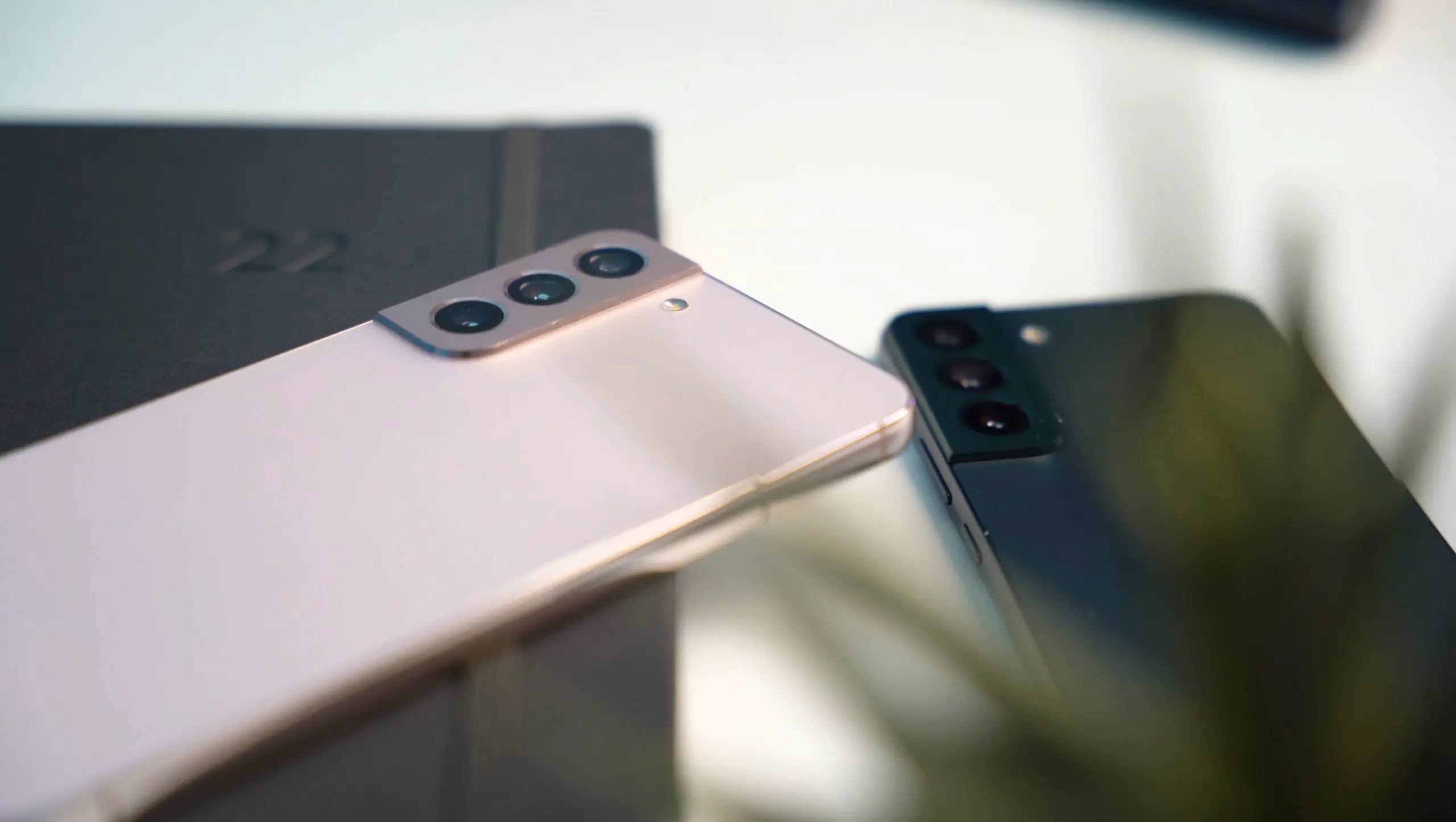
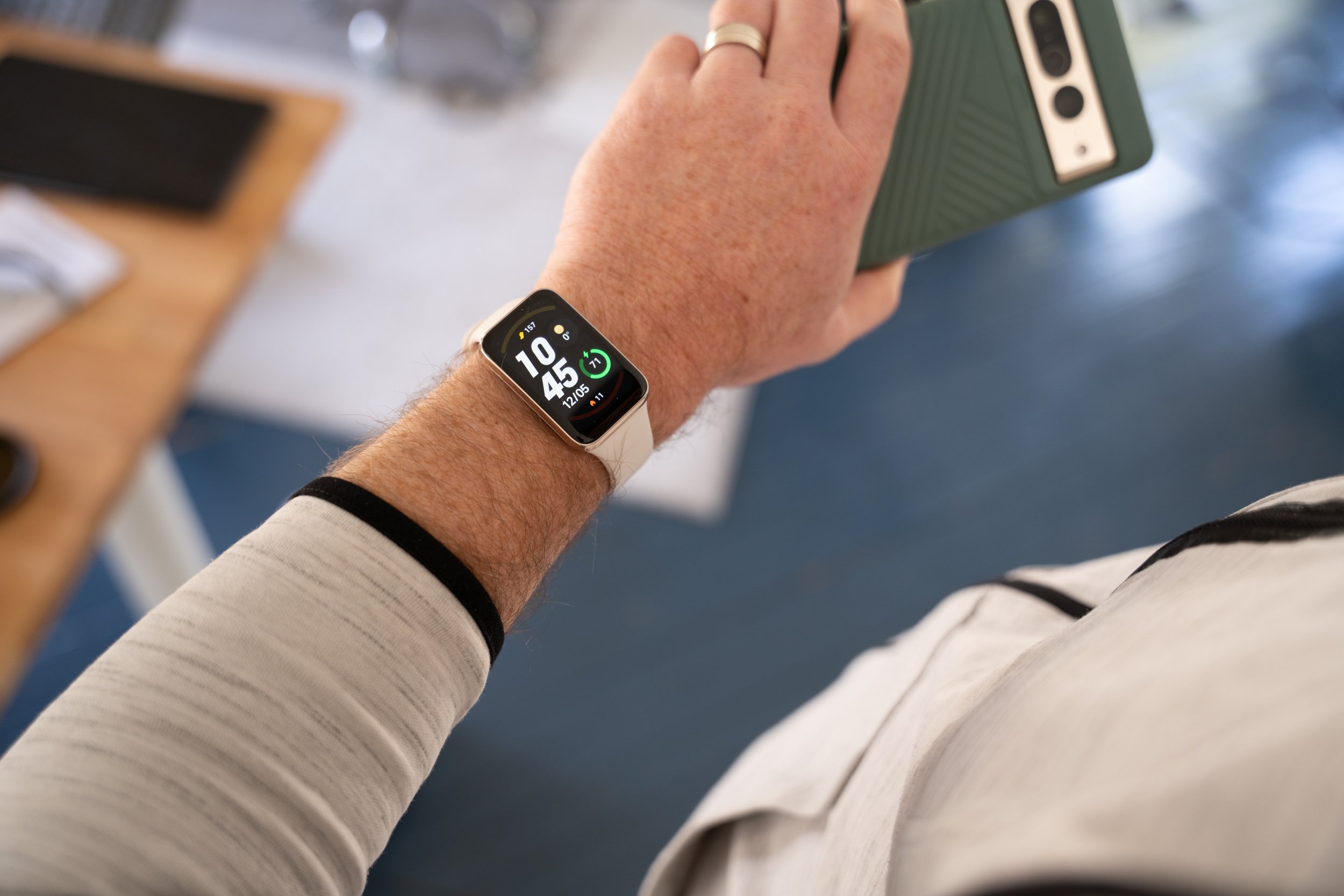
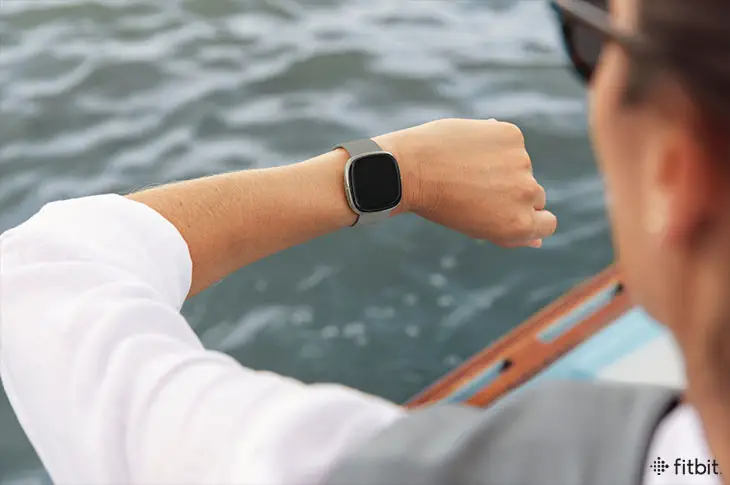

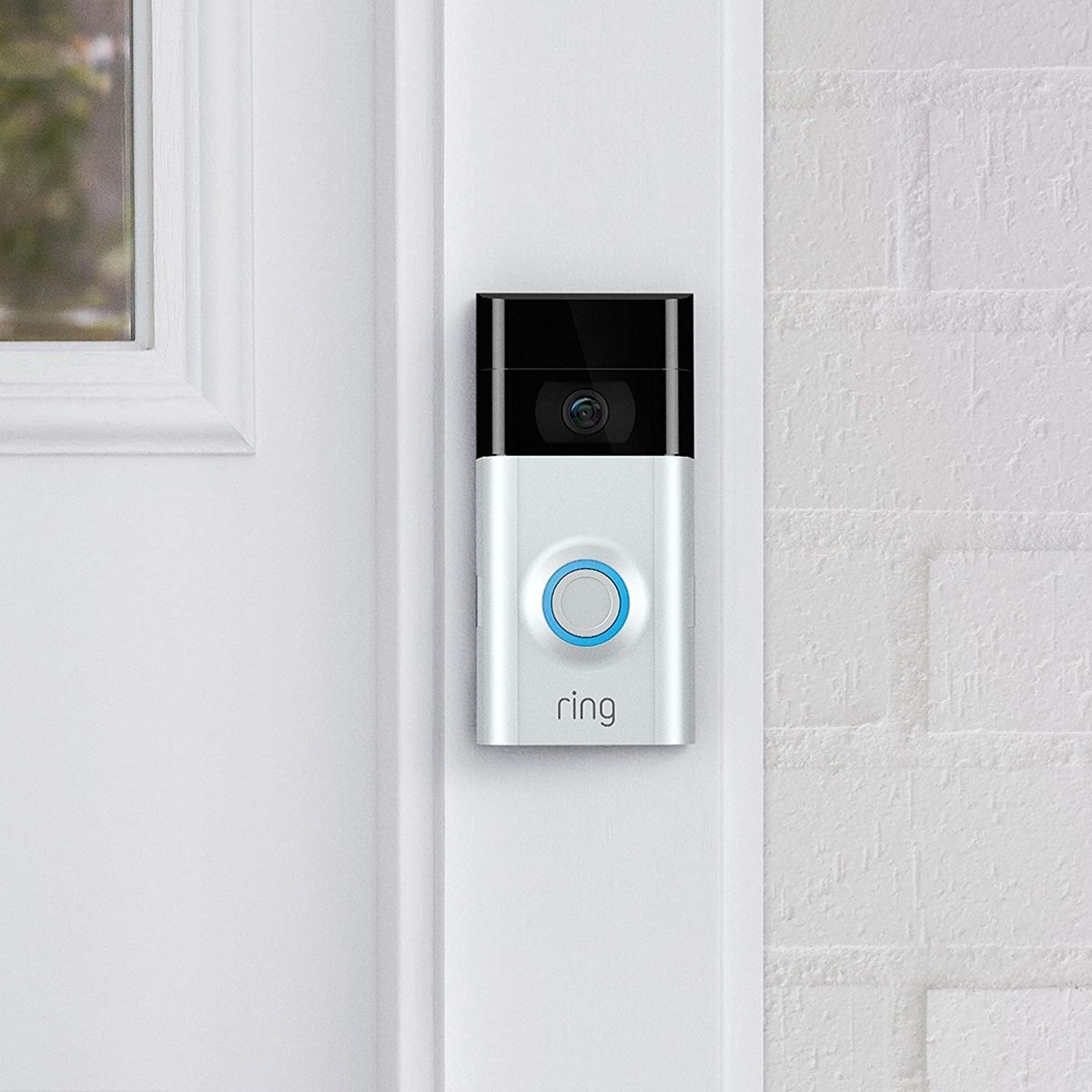
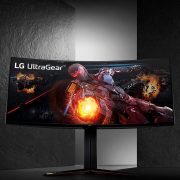

Comments